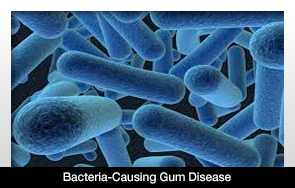 |
A reptile called the tuatara could explain plenty about dental implants.
That’s because unlike mammals and crocodiles, the New Zealand animal has teeth that are fused to the jaw bone, which mean there are no ligaments—much like dental implants. The tuatara’s ancestors were widespread at the time of the dinosaurs. People and mammals, however, have their teeth held together in sockets by a flexible ligament.
The Biotechnology and Biological Sciences Research Council used a moving 3-D computer model to study these teeth. The goal was to find out how damage to dental implants and jaw joints could be stopped.
Humans generally don’t have problems when biting into food because the ligaments send a signal to the brain that biting too hard will be painful.
The 3-D computer model of the tuatara will show what occurs between the jaw joints and muscles when there is no periodontal ligament present. The periodontal ligament is beneficial for some of the finer movements necessary when chewing.
There is no evidence that shows that people with implants and dentures choose what they eat based on not having the periodontal ligament. The tuatara, however, eat a variety of other species, including frogs, snails, beetles, spiders, and sometimes seabirds.
This study will help people further understand implants and the way they affect humans.
 |











